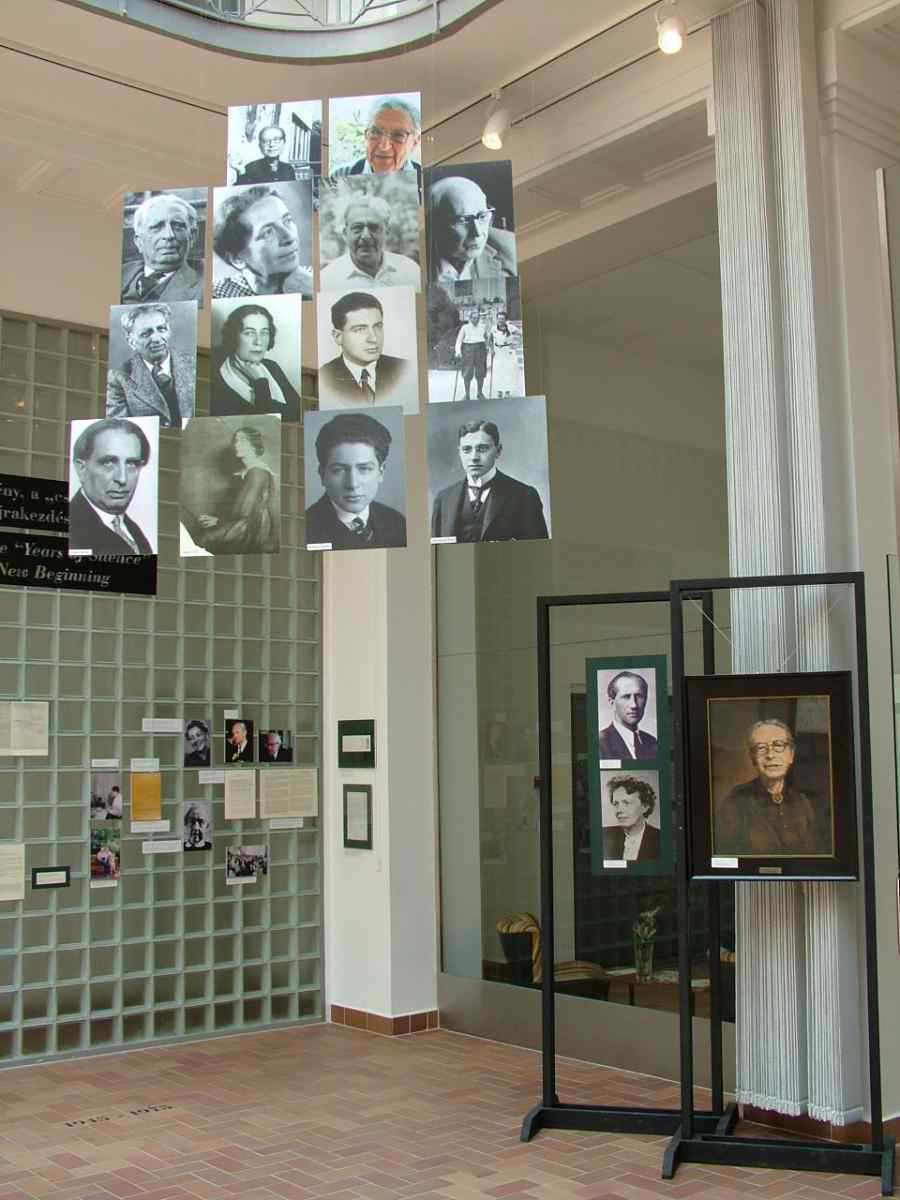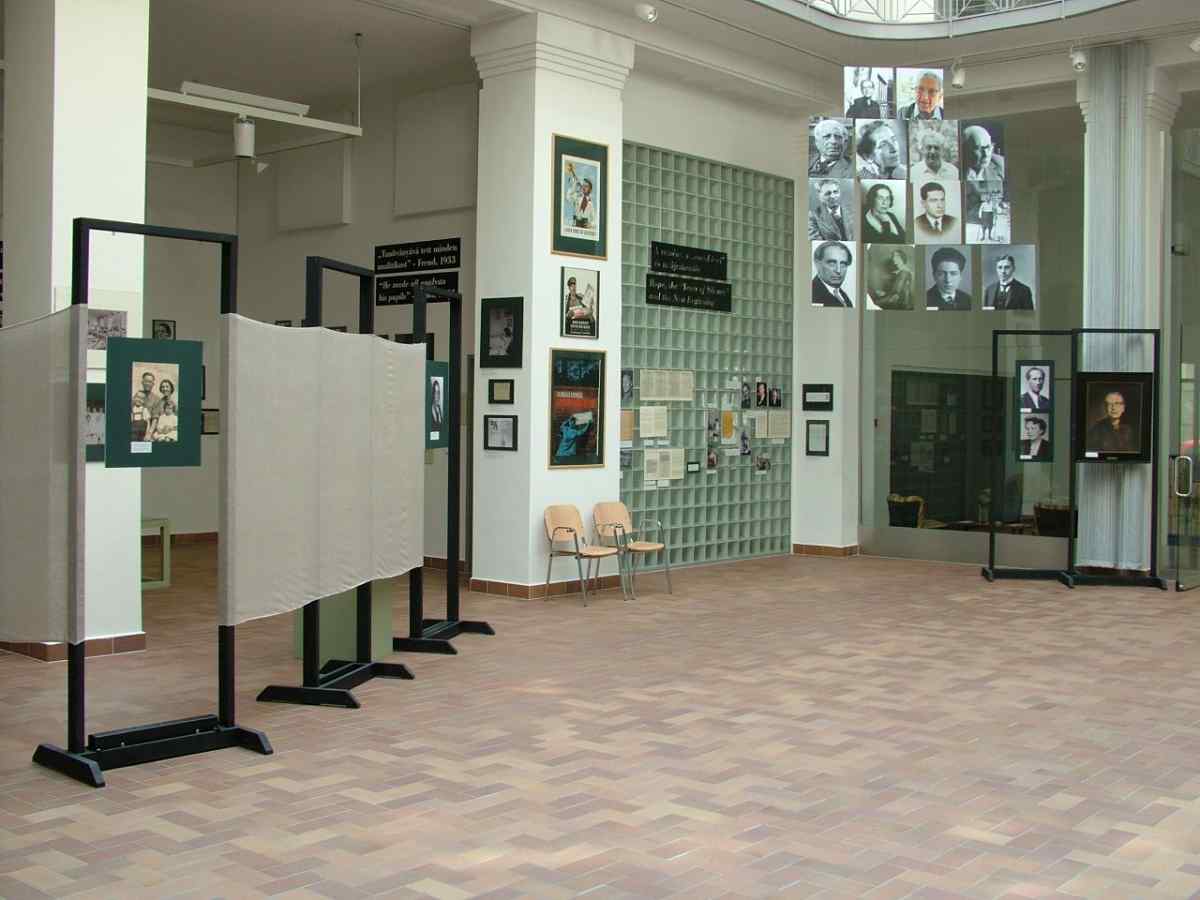Ferenczi and the Budapest School of Psychoanalysis
The Beginnings of the Psychoanalytical Movement in Hungary



design: TAMÁSI Miklós
The Ferenczi Sándor Society
The Cultural Committee of the City Council of Budapest
“Lélekben Otthon” Publishing Ltd.
In 1918 Freud regarded Budapest as a possible center for the European psychoanalytical movement. His opinion was based partly on Sándor Ferenczi himself and a decade of cooperation and friendship, and partly on the psychoanalytical community that Ferenczi had created.
This idea was supported by the city’s avant-garde intelligentsia, who played a crucial role in determining the city's atmosphere. The capital of Hungary, Budapest was rapidly modernizing and open to a new “human perspective” (Ignotus).
The exhibition presents the decades of the beginnings and evolution of the Hungarian psychoanalytical movement through the life of Ferenczi, his family, and professional and private relationships, as well as through the intense relationship between psychoanalysis and literature, fine arts, and political sciences.
Budapest became home to great professionals in psychoanalysis, many of them students of Ferenczi. They included Mihály Bálint and Alice Bálint, who later emigrated to England, Margaret Mahler and Teréz Benedek, who later settled in the United States, as well as the founding father of the psychoanalytical anthropology, Géza Róheim. The exhibition aims to present, in the context of politics and history, the emigration of Hungarian analysts and their fruitful influence on the evolution of modern psychoanalysis and psychotherapy.
Special attention is paid to the Stalinist and post-Stalinist era, and especially to psychoanalysts such as István Hollós, Imre Hermann Lili Hajdu, Tibor Rajka, and István Székács, who survived the years of fascism at home, then the Rákosi regime, and finally, after decades of silence, were able to provide a link between the Budapest School and the current generation of psychoanalysts.
The exhibition is based on the materials that made up the successful exhibition entitled Ferenczi and the Budapest School of Psychoanalysis, organized in the Freud Museum in London as an outstanding event of the Magyar Magic Year. But these materials are complemented with other documents and works of art that are to be shown to the general public for the first time.